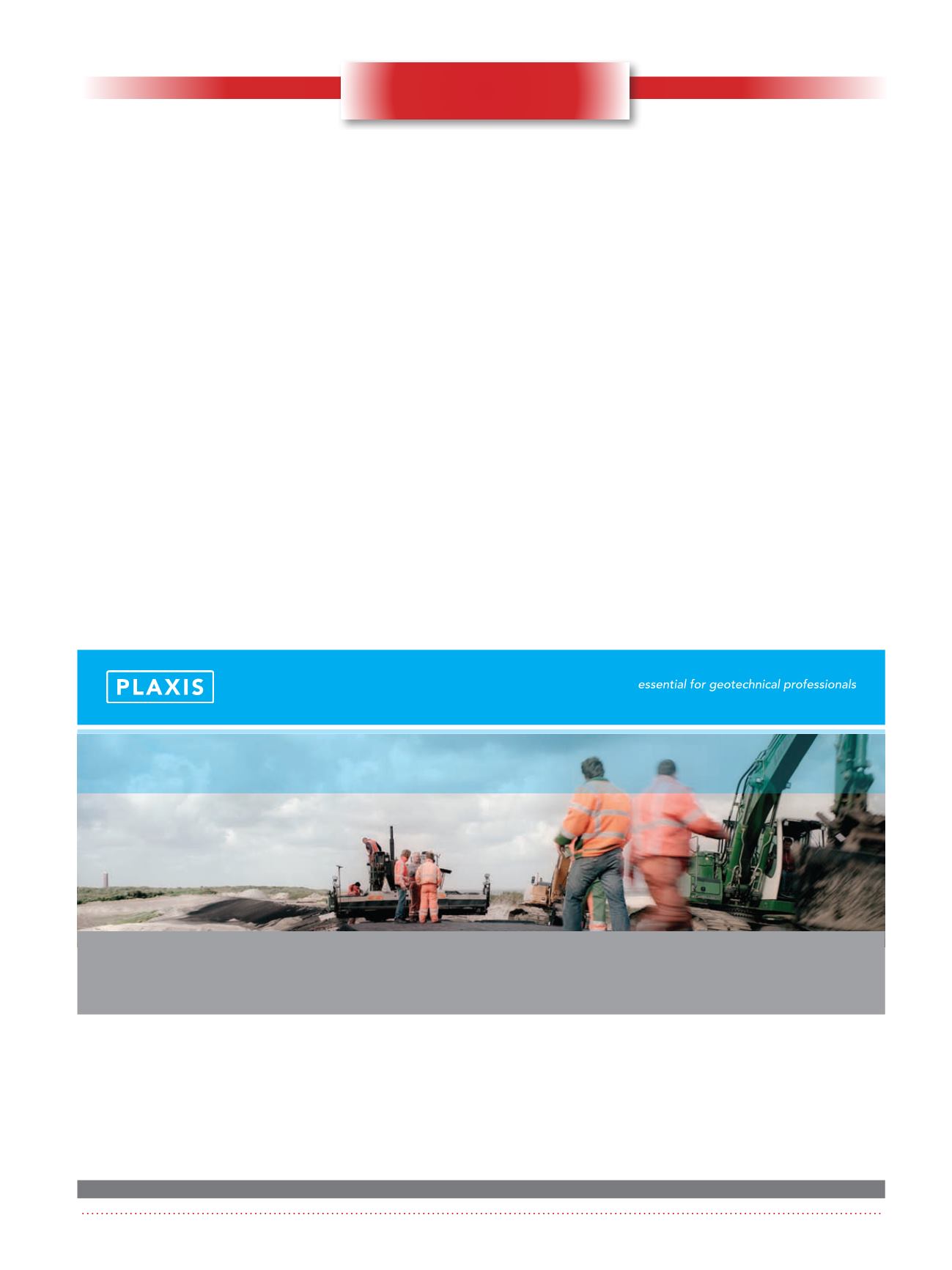
Geotechnical News • September 2015
23
WASTE GEOTECHNICS
Tailings management simulation and technology evaluation
Nicholas A. Beier, David C. Sego and Norbert R. Morgenstern
University of Alberta Geotechnical Centre
Introduction
Tailings management is an inherent
component of any water-based mining
process. In the oil sands mining indus-
try, tailings management has evolved
from simple fluid storage in a single
external impoundment to multistage,
mechanical and chemical dewater-
ing processes and storage in several
in-pit and external impoundments. The
industry is currently focusing on trans-
forming their fluid fine tailings (FFT)
and waste materials into deposits that
can be incorporated into closure land-
forms and subsequently reclaimed.
There are three stages of dewatering
that tailings may go through before
they meet their end reclamation targets
(Boswell and Sobkowicz 2010). The
first stage (Stage 1) involves mechani-
cal or natural classification of the
tailings stream. Mechanical separators
such as hydrocyclones may be used to
separate a tailings slurry stream into a
low density, fine grained overflow and
a coarse, dense underflow. Tailings
may also undergo natural segregation/
dewatering when they are discharged
sub-aerially. In this case, a coarse
beach deposit and a low density, fine
grained slurry run off are formed.
The beach run off collects within the
impoundment and gradually settles
with time. The second stage (Stage 2)
of dewatering includes the various


